High BTU Burner - Useful For What?
John Liu
14 years ago
Related Stories
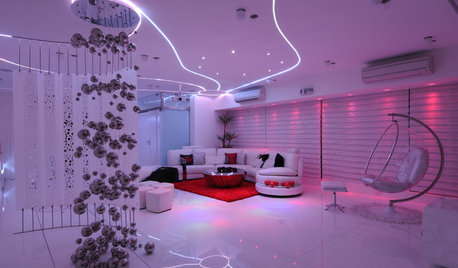
LIGHTINGHouzz Tour: An Indian High-Rise Trips the Light Fantastic
Surreal colored lighting and an ubercontemporary design make an apartment near Mumbai dance with drama
Full Story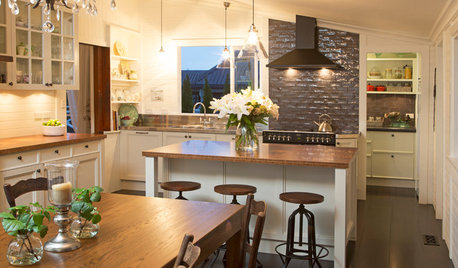
KITCHEN OF THE WEEKKitchen of the Week: High Marks for a 1920s Schoolhouse
After 30 years of cooking for the family, these New Zealand empty nesters treat themselves to a beautiful new kitchen
Full Story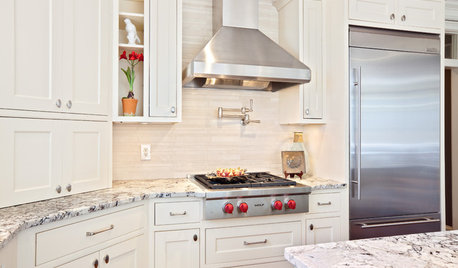
KITCHEN DESIGNHome Above the Range: Smart Uses for Cooktop Space
With pot fillers, shelves, racks and more, you can get the most function out of the space above your kitchen range
Full Story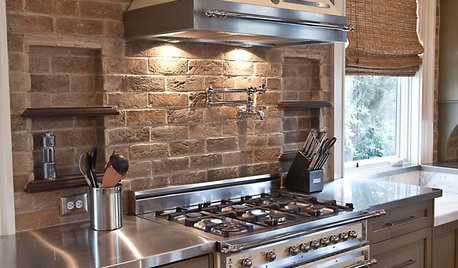
KITCHEN DESIGNYes, You Can Use Brick in the Kitchen
Quell your fears of cooking splashes, cleaning nightmares and dust with these tips from the pros
Full Story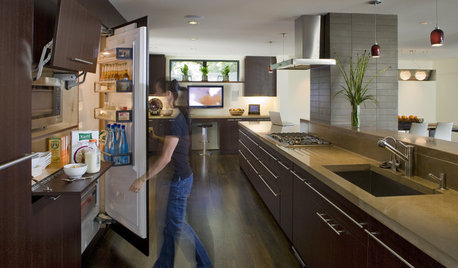
KITCHEN DESIGNHow to Choose and Use Ecofriendly Kitchen Appliances
Inefficient kitchen appliances waste energy and money. Here's how to pick and use appliances wisely
Full Story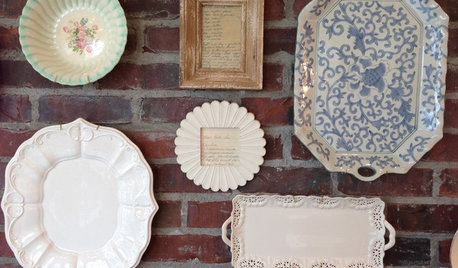
DIY PROJECTS10 Home Projects to Work On Over Your Holiday Weekend
Make the most of your time windfall by accomplishing one of your back-burner tasks
Full Story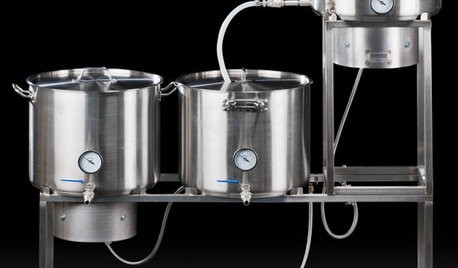
HOME TECHMake Home Sweet Home Even Sweeter With a Brewery Or Winery
New high-tech products make small-scale home beer and wine production easy and fun
Full Story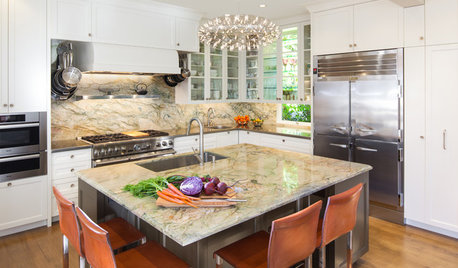
KITCHEN DESIGNKitchen of the Week: Elegant Updates for a Serious Cook
High-end appliances and finishes, and a more open layout, give a home chef in California everything she needs
Full Story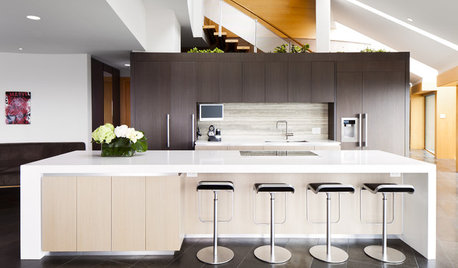
DECORATING GUIDESEasy Reference: Standard Heights for 10 Household Details
How high are typical counters, tables, shelves, lights and more? Find out at a glance here
Full Story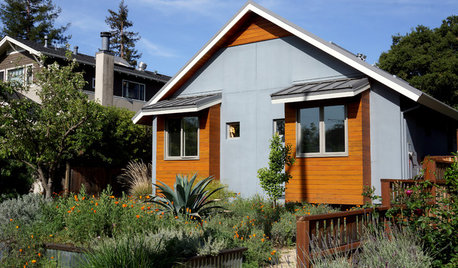
CONTEMPORARY HOMESMy Houzz: Living Simply and Thoughtfully in Northern California
Togetherness and an earth-friendly home are high priorities for a Palo Alto family
Full Story




amirm
amcook
Related Discussions
What do you need high BTU for?
Q
high BTU wok propane burner
Q
cost of replacement burner for 22BTU bluestar burner???
Q
Burners and BTU's on Gas Ranges. What's Best?
Q
John LiuOriginal Author
sfjeff
John LiuOriginal Author
tommmy2007
sfjeff
amcook
John LiuOriginal Author
amcook
John LiuOriginal Author
amirm
amcook
mcgillicuddy
ruthm
sfjeff
John LiuOriginal Author
benspawn
John LiuOriginal Author
benspawn
amcook
John LiuOriginal Author
jsfox
John LiuOriginal Author
sfjeff